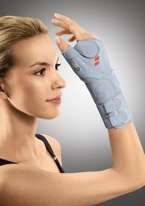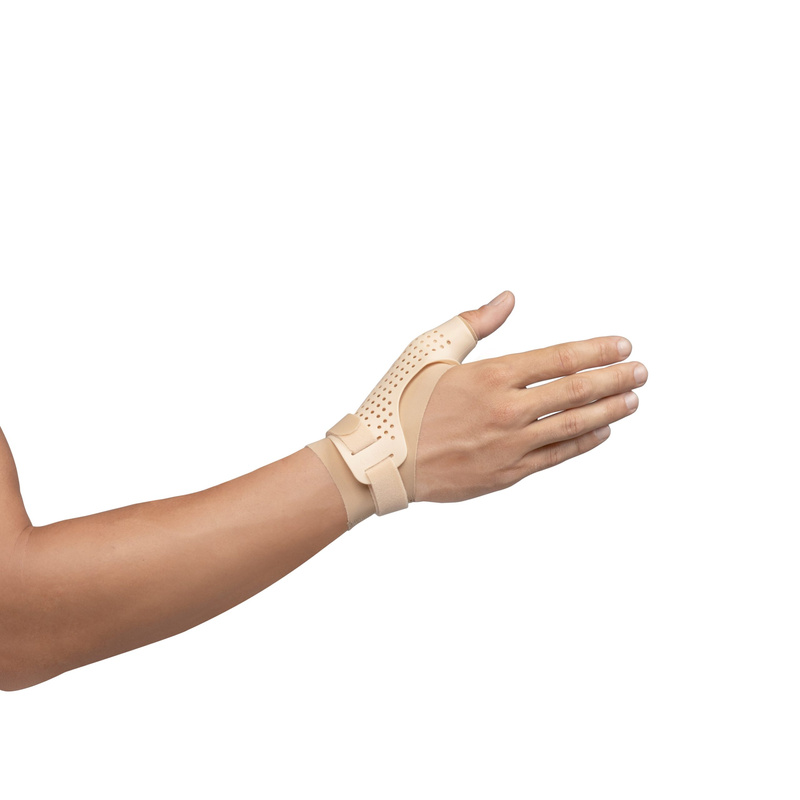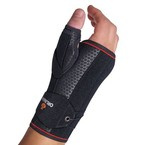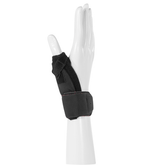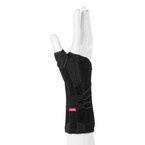Preventing and treating pain caused by de quervain’s tenosynovitis
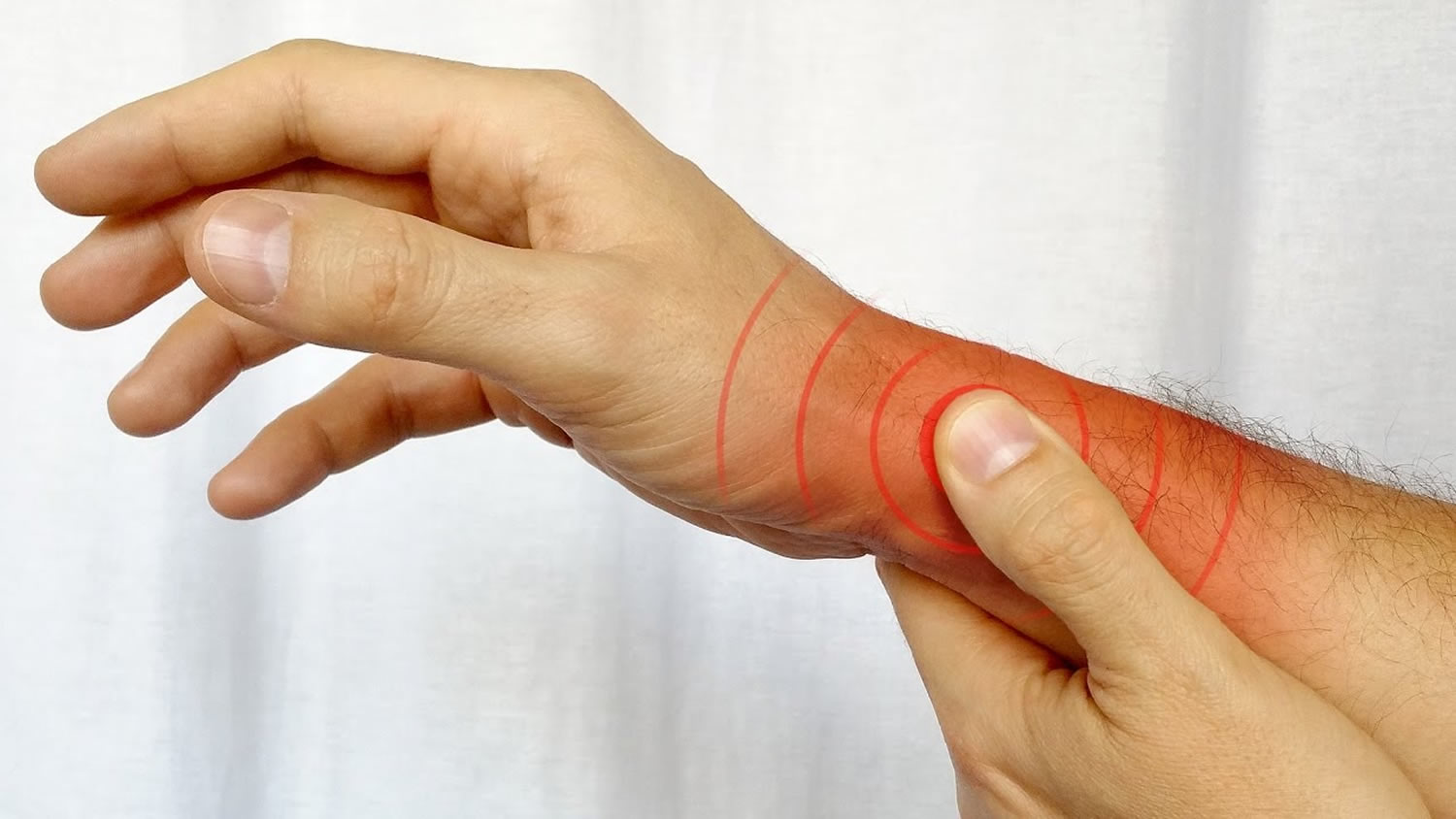
For people suffering from de quervain’s tenosynovitis, the thumb and wrist pain can oftentimes be unbearable. How exactly is this condition caused and what can you do to prevent and possibly treat it? Continue reading to find out!
What is de quervain’s tenosynovitis?
De quervain’s tenosynovitis is a condition that affects the tendons of the thumb side of your wrist, causing significant pain when you turn your wrist, make a fist or overuse the wrist and thumb. This occurs when tendons become swollen, putting pressure on the surrounding nerves, which causes pain (Mayo). The most common symptoms include pain and swelling at or around the base of the thumb, difficulty moving it, experiencing pain when doing so and a snapping sensation when you move the thumb (AAFP).
Surprisingly, it is actually quite difficult to pinpoint the exact cause of quervain's tenosynovitis - the most accepted reason is due to excessive hand and wrist movement (Mayo). As a result, anyone can experience this - from tennis players, who regularly swing rackets for long periods of time, to people who have had injured wrists, inflammatory arthritis or those of us who often put excessive strain on our hands, like when lifting heavy groceries or weights. However, you’re significantly more likely to develop this condition if you have arthritis, sustained wrist injuries, constantly put strain on the tendons attached to your wrist and thumb, are pregnant, over 40 years old and are a woman (Mayo).
Obviously, prevention is better than cure, and thankfully, preventing de quervain’s tenosynovitis is fairly easy. Simply put, avoid repetitive movements over long periods of time and make sure to regularly change your actions in order to lessen the tension and stress on your wrist and thumb tendons (AAFP). If you’re beginning to experience wrist pain on the thumb side and are not able to use it, it is vital that you stop the activity that caused this and get in touch with your doctor or physical therapist if the pain persists. You will most likely be recommended an exercise routine or a brace that covers the thumb and wrist, which will help ease the pain and any swelling that may have occurred (Mayo).
How to treat de quervain’s tenosynovitis
In order for this condition to be treated, if first must be diagnosed by a medical specialist. Thankfully, de quervain's doesn’t require x-rays or any elaborate screenings - all it takes is a Finkelstein test. You can try it yourself by placing your thumb into your palm, then curl the remaining fingers over it, in order to form a fist, while enveloping the thumb. Next, bend the side of the wrist towards your little finger. If you feel tenderness or pain, then you most likely have de quervain's (Mayo).
Treatment of de quervain's depends on how severe the condition is - the less severe, the easier it is to treat. Your doctor will recommend a hot or cold press on the affected area, how to change the way you move your arms and wrist, exercises to strengthen these tendons and will definitely advise that you avoid performing the action that caused this condition in the first place (AAFP). If the condition is moderately severe, chances are you’ll be recommended to get a thumb and wrist splint that should be worn for 24 hours a day for 4 to 6 weeks, as well having to take anti-inflammatory drugs and steroid injections or local anesthetic is the thumb and wrist pain becomes difficult to manage. Wrist braces significantly improve the wearer’s condition during the 4 to 6 weeks, however, if your condition doesn’t improve, you may require surgery (AAFP).
Surgery for de quervain's condition is required if the pain is too severe or the tendons remain inflamed after treatment with a wrist brace. You doctor will cut a small sheath round the affected tendon, giving it more room to move. This surgery will require that the patient undergoes physical therapy to strengthen the wrist and thumb (AAFP). Although de quervain's condition is temporary, it can permanently limit your wrist movement and cause the tendon sheath to burst if left untreated.
How can a de quervain's splint help?
Whether you’ve just recently experienced thumb and wrist pain or have moderate to severe pain and inflammation caused by de quervain’s tenosynovitis, you ought to consider getting a de quervain's splint. These medical devices help support your wrist and thumb and are also effective in treating sprains of the thumb, arthritis and pain caused by bursitis.
These braces are certified medical equipment, made of specialized materials that come with a number of benefits for the wearer. They are often made of lightweight, micro-aerated 3D fabric that protects the skin and prevents sweat buildup. These splints are designed with anatomical accuracy to ensure the wearer comfort, while massaging the palm of the hand. Splints may either be soft and flexible, for less severe cases, moderately stiff for moderately severe cases and completely stiff for the most severe cases of de quervain's tenosynovitis.
Since these splints are medical devices, it is recommended that you seek a doctor’s or physical therapist’s advice if this is the right solution for you. Only after having an in-depth consultation with you pertaining to your de quervain's condition will they be able to recommend the right device with the correct degree of stiffness.
Sources:
- “De Quervain's tenosynovitis”, Mayo clinic staff, July 23, 2020
https://www.mayoclinic.org/diseases-conditions/de-quervains-tenosynovitis/diagnosis-treatment/drc-20371337 - “De Quervain’s Tenosynovitis”, American Academy of Family Physicians, 2020
https://familydoctor.org/condition/de-quervains-tenosynovitis/

